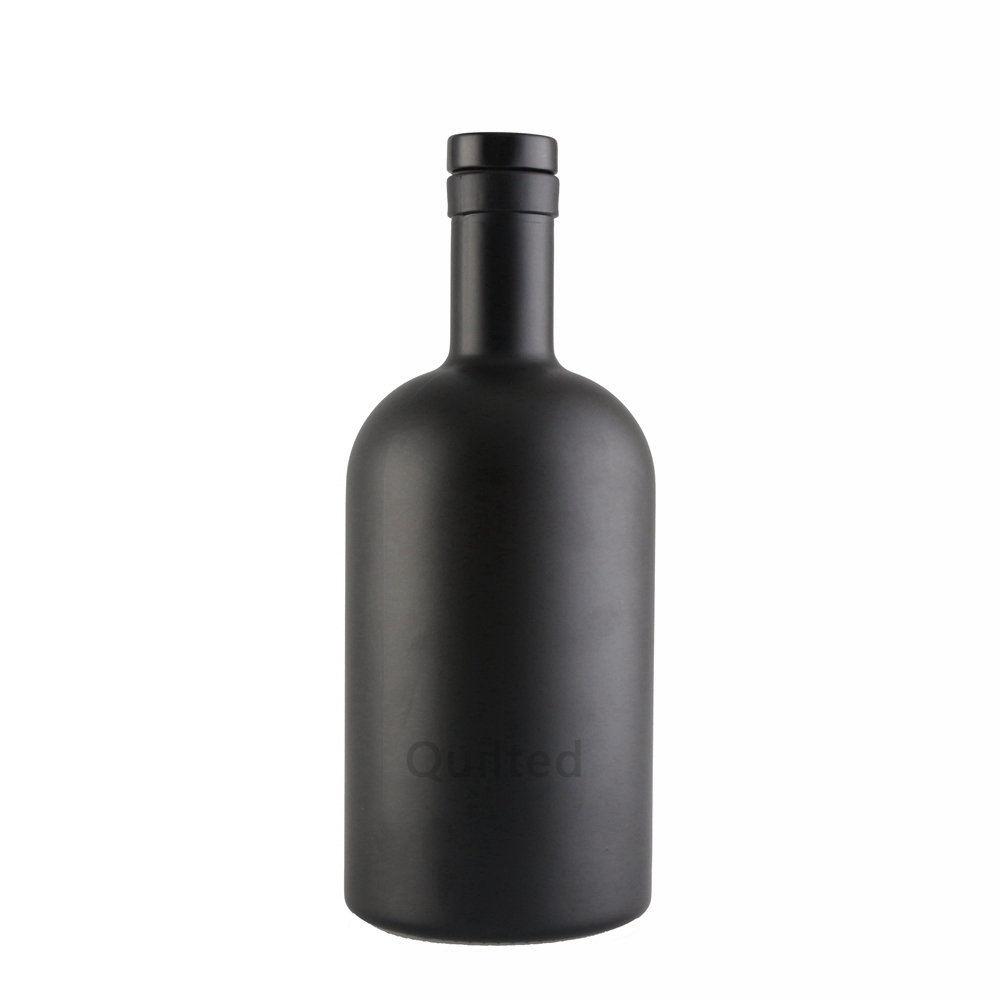Champagne bottles — or really, most sparkling wine bottles — are surprisingly heavy. At their regular size, they contain the same 25 ounces (or 750 milliliters) of liquid as any other standard wine bottle, yet the types used for champagne and sparkling wine weigh almost twice as much: Champagne bottles are usually around 1.8 pounds when empty, while non-sparkling bottles usually weigh between 0.8 and 1 pound.
There's a good reason for this, though. As you've likely noticed if you've popped out a champagne cork at high speed, there's a lot of pressure built up in those bottles. Sparkling wines have to undergo two rounds of fermentation, the first of which builds up the alcohol content, just as with any wine. But to get those bubbles, a second round must take place, in which sugar and yeast are added to the bottle before it's sealed. The yeast eats the sugar, turning it into carbon dioxide bubbles, which are infused into the wine under high pressure. Therefore, the glass must be strong enough to withstand this pressure without breaking, and the common solution among winemakers is to use bottles with thick glass that won't shatter. Brewing Bottles

Some people suggest that a heavier wine bottle is also a sign of a better-quality wine, which might be another reason why champagnes and sparkling wines are put in bottles made of thicker glass. This theory, however, is difficult to assess. One study from ScienceDirect suggested that consumers already associate heavy bottles with higher-quality wines. Additionally, some winemakers may be aware of this and therefore may opt for heavy bottles to make their wine seem fancy. In short, there could be some perception bias that makes it difficult to determine whether a heavy-bottle wine is actually better than a relatively cheap champagne or if consumers simply think it is.
The general answer, however, is no: Champagne and other wines are not put in heavy bottles because they're fancier (although they may benefit from the widespread perception that heavy equals fancy). Part of that belief may also persist because heavy bottles also increase a wine's price: They use more glass and they cost more to transport, resulting in a higher price tag for customers.
The tide might be turning on heavy bottles, as some winemakers have begun trying to use lighter bottles to store their products. Not only does this reduce costs, but it makes the wine less carbon-intensive by using fewer resources (whether in terms of glass production or the energy required to move heavy bottles around).

Large Beer Bottle Of course, it's trickier for champagne makers to do this, as they need that thicker glass to stop their product from spontaneously exploding. But the change is not impossible. French company Champagne Telmont has been working with glass producer Verallia to bring the world a lighter champagne bottle. They initially cut the bottle weight from 2 pounds to 1.8 in 2013, and by the start of 2023, they had sliced off another 1.2 ounces. This might not seem like much, but this second reduction alone would reduce a champagne bottle's carbon output by about 4%. While champagne bottles may be quite heavy now, they likely won't stay that way for much longer.